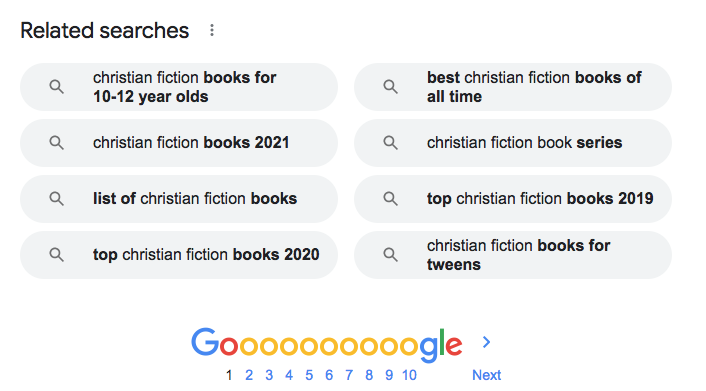How To Blog To get Found in Google
Watch the masterclass below
Gone are the days of just posting a “journal-like” post and hoping it gets found in search engines. These days you need to be much more strategic.
Why Blog on Your Website vs. Post on Social Media
Your website is a long-term solution. Content on your website will continue to circulate on the web for years to come. I am still generating 1,000 visitors per month from a blog post I made 4 years ago
Social media is great for exposure and personal interaction, however, posts last only hours which requires you to create new content every day to keep up.
To Get Found In Google: Be Consistent
By adding content to your website weekly or monthly, you let Google know that you are an authority on a topic and it will start boosting your content. Google wants to see you are adding value to your audience on a consistent basis. If your site is stagnant, it will start to lose rank
To Get Found In Google: Be Mobile-Friendly
Google also likes a site that is well designed and mobile-friendly. The easier it is for a visitor to navigate your website and enjoys staying on your website, the better. Make sure to view your website on mobile and how user-friendly it is.
The Quick Start Method:
Now, I know what it’s like to have information overwhelm. You get so much information that you freeze and don’t do anything. I don’t want that to happen to you. So, I encourage you to start with the “Quick Start” method. This will get you in the habit of creating blog posts without the pressure to have a perfectly structured and optimized blog post.
Quick Start Method: Create A Blog Post that you Think Your Audience Would Like
If you are keeping your ideal audience in mind when creating content, you may be naturally using keywords they are searching for without needing to worry about the exact search phrases.
Make it good content with lots of value. Remember, Good Content Gets Saved & Shared
If you are making useful or entertaining content your audience will want to share, your content will naturally spread around the internet.
What to Write About?
Ask your audience what they struggle with
Write about your journey, and document your process (people love to see the process)
How Long Should It Be?
Google likes to see blogs posts that are 1,000 - 3,000 words. But, don’t let this stop you from putting out content. Something is better than nothing.
Take It To The Next Level Blog - Implementing SEO:
This is where we get strategic with keyword phrases.
STEP 1: Research Keyword Phrases
People search in phrases, not just one keyword. Plus, you're more likely to appear in a narrowed keyword phrase than a general keyword.
If someone were to type in the search of Google, what would they type in to find you?
General keywords will bring up bigger companies first, you cant compete with.
Instead of just "fiction books" try more narrowed phrases like:
"Fiction books for kids"
"Fiction books for adults"
"Literary fiction books"
"Best Fiction books 2020"
If you have a hard time with this, ask your clients or audience how they found you and what were they searching for or what were their needs that helped them find you?
STEP 2: Where to Find Blog Topics and Keyword Phrases?
Start typing in Google to see suggested phrases
Google Top Articles in your niche
Pinterest Top Pins and suggested phrases
Use a keyword helper like Ubersuggest or KeywordsEverywhere.io
Words straight from your audience, comments, or reviews
STEP 3: Create Content with Your Researched Keyword Phrases
Create Blog Posts with your keyword phrase
Add key phrase in the Blog Titles, H1 & Image Alt tags
Key phrase in YouTube videos embedded in your website
Use as hashtags in your social media posts
When Blogging, The Most Important Keyword Goes in H1 Heading.
My Squarespace clients don't need to worry about this, it automatically does this for the title of a blog.
Only use 1 H1 tag per blog post.
Always have a call to action at the bottom of your blog posts.
Either to get on your email list, join your Facebook group, Follow you on Social or buy your book.
STEP 4: Share Your Blog Post Everywhere!
Create an attractive graphic in Canva and post it with your keywords as hashtags
Share on Instagram, Facebook, LinkedIn, Twitter, Pinterest
Tell people to share!








